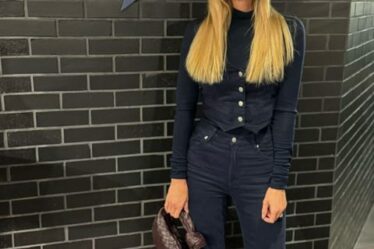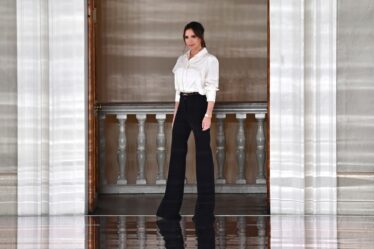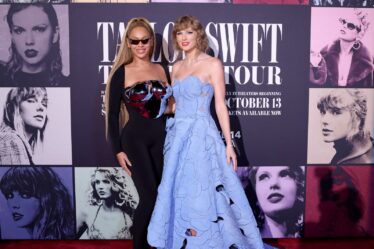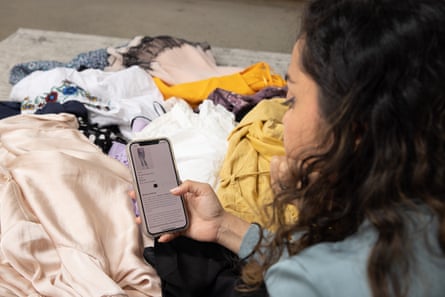
Over the past few months, I’ve come to realise something about my wardrobe – I’m inching closer to my 30s and I still don’t know what to wear or how to wear it well.
Each time I try to tackle the question of personal style, it feels like an ordeal. It’s easier to collapse in front of my closet, scream that I have nothing to wear then scroll through fast fashion websites.
Janice Breen Burns is a seasoned fashion critic, editor and founder of fashion blog Voxfrock. I ask her if she’s been in my position before.
“Oh, yes,” she beams. “When I reached 30, I had a baby and my priorities changed a lot … instead of just going to shoots and fashion shows … I had to go to kindergartens and schools.”
I do not have children, but my priorities are changing. I feel tired of constantly shopping for the next event, only to further stuff my closet with trendy items I quickly dislike.
I’m not alone. Breen Burns says fashion’s most willing victims are typically aged between 18 and 24. After that, the herd mentality of dressing to fit in slowly evolves into wearing what you actually want.
“I think it’s when you start thinking about fashion in terms of your self identity, rather than as a projective concept that you’re using to try and be part of,” Breen Burns says.
But who am I, when it comes to clothes? That’s what I struggle with.
“When you stop and reflect … there’s sort of an awakening,” says Jane Milburn, a sustainability consultant, who recently finished a Churchill fellowship on how clothing affects our wellbeing.
“Fashion thrives on people’s uncertainties and anxieties – and their desire to … look on-trend, following the pied piper.”
Milburn distances her work from the fashion industry. “I really prefer to talk about clothing because clothing is there for ever,” she says. “Whereas fashion, by definition, is always changing.”
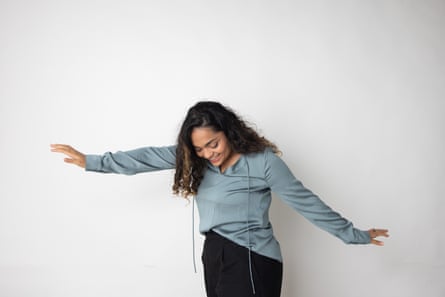
She joins me on video chat from Brisbane, wearing a tie-dyed, loosely fitted cotton kaftan. She says she sourced the fabric while travelling through Hong Kong, tie-dyed it indigo and sewed it into a shape she likes.
Milburn has tinkered with fabric since childhood. She’ll often pick up bits and pieces from op-shops, and remake them to fit her body and style.
“We get into the spiral of having so much stuff,” she says. “But none of it really does anything for us.”
Her solution is to restore agency into our relationship with clothes. “We can work with what we’ve got, look at it and think: ‘Why is that not working for me? Is it too long? Are the sleeves too tight?’ Well, you can change that.”
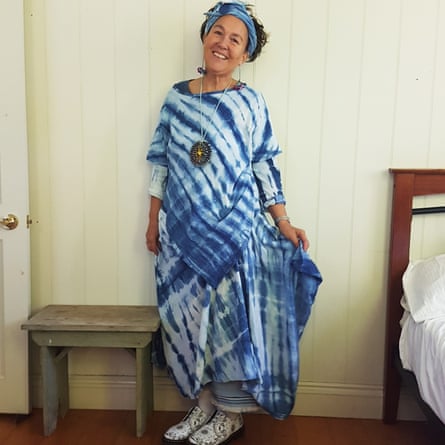
Milburn has higher expectations of clothing than I do. Instead of thinking about how clothes should work for me, I often leave shops, or even my own closet, feeling less-than. As though my body is the problem, not the way the clothing fits it.
Mia Dennis, a 24-year-old curve model, knows this feeling.
“I loved dressing up when I was younger,” she says. “I was very femme and flamboyant; but I think when I became more conscious of my body and how society shamed me for my body … I lost that confidence.”
Dennis unlocked her own sense of style when she realised how often brands get it wrong, especially when it comes to size diversity.
“I had to figure out my own sense of style by default, because a lot of those places that follow these trends didn’t have my size.” She says this forced her to think outside the box.
“It’s also a good thing in the sense that I’m not constantly following trends.”
after newsletter promotion
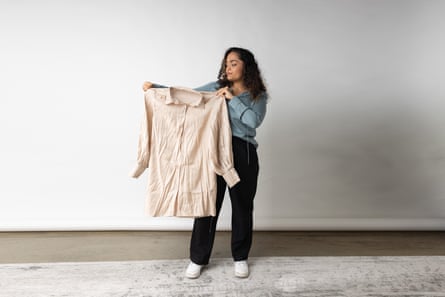
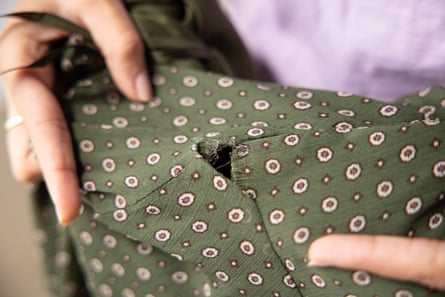
Milburn has come up with a plan anyone can follow to have a similar reckoning. It starts with what you already have in your closet.
The first step is to stop buying clothes. Over time, sort what you own into three piles: keep, fix and discard. Next, study your style. Figure out what you like wearing and how you want to present yourself, then upskill to fix or remake the clothing you own and like but that isn’t quite right.
I followed her advice and sorted my closet. It made me realise I feel my best when I am cool and comfortable – natural fibres that breathe, like cotton and linen, stayed in my keep pile.

I also kept clothes I liked when I was younger: I realised crop tops with exaggerated sleeves emphasise the parts of my figure I like, and make me look taller. But I’m most comfortable when these girly styles are balanced by simpler pieces. Trousers and jumpsuits stayed too.
I loved the colour of one lavender minidress, but the length was awkward and the cap sleeves fell in a way I loathed – so I made it into a tank top.
That small act, just cutting the sleeves off an ill fitting top, made me feel empowered.
Part of the answer to finding our sense of style is figuring out who we are, Breen Burns says.
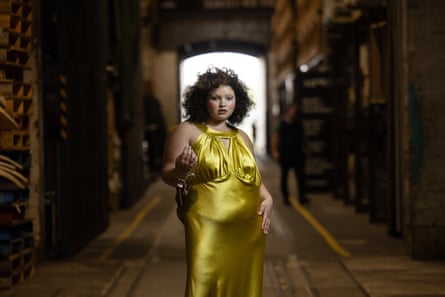
That is true for Dennis, who like me, gravitates towards clothes she loved when she was younger. “So that if younger-me saw me, she’d be like, ‘Oh. My. God!’”
Now getting dressed is a form of play for her: “Through my style, I can get to be different characters … That’s what I find the most fun.”
Dress-ups is a delight, but isn’t for everyone. If you just want a simple solution, Breen- Burns suggests some self-inquiry. Ask: “What do you like? What’s important to you? What’s happening in your life? What do I need? What’s practical? What do I just love?”
I ended up donating too-small clothes stashed away for the day I lost weight, alongside anything too frilly, too girly or too ill-fitting for me to mend.
I realised I did not have to get my colours done, create a capsule wardrobe or learn to dress for a body type – I just admitted how some clothes make me feel, and followed that instinct rather than rules.
There is only one rule in fashion now, Breen Burns says: “If you love it, it makes you happy and you’re not hurting anyone. That’s it.”

